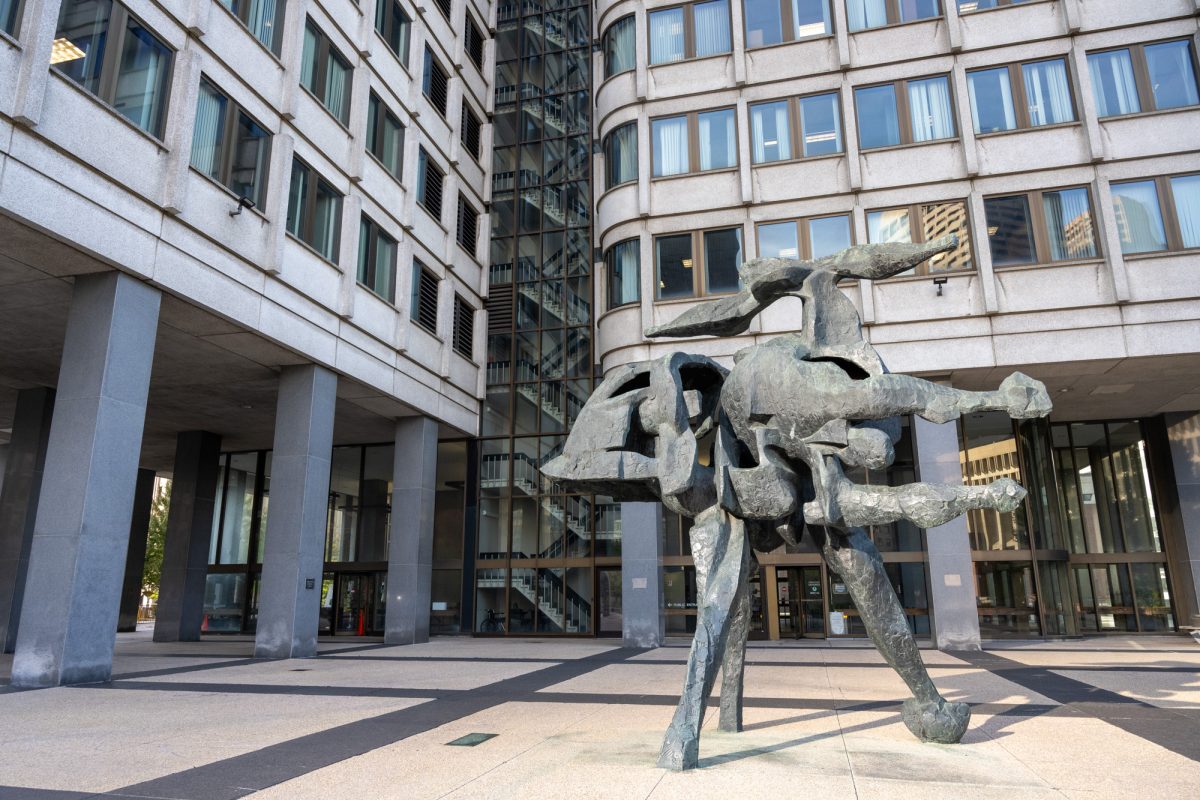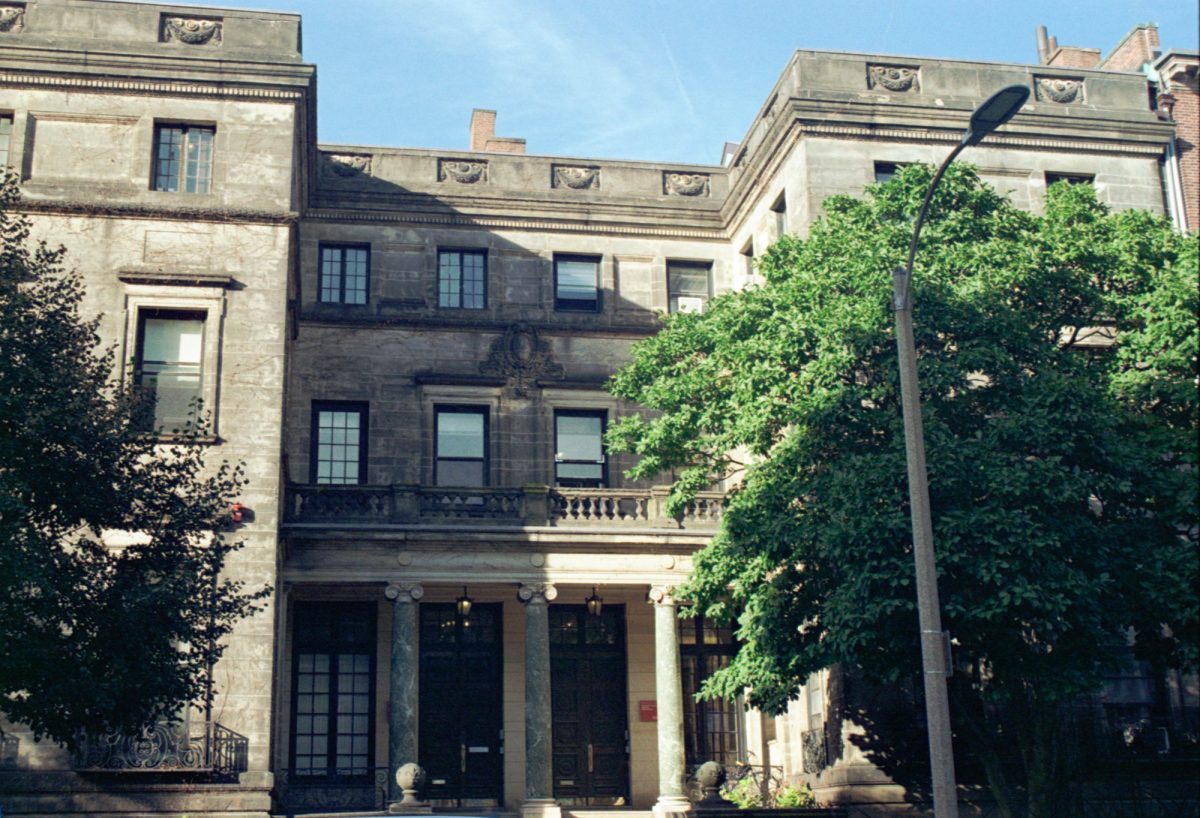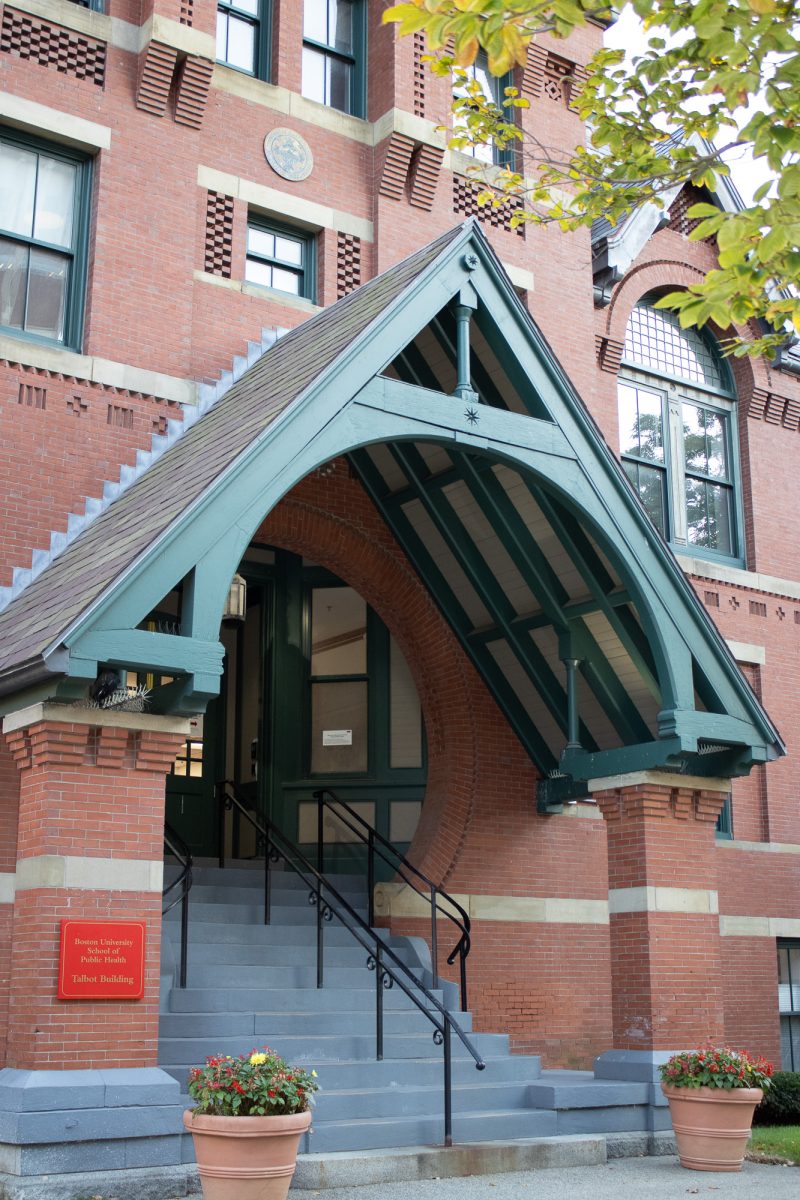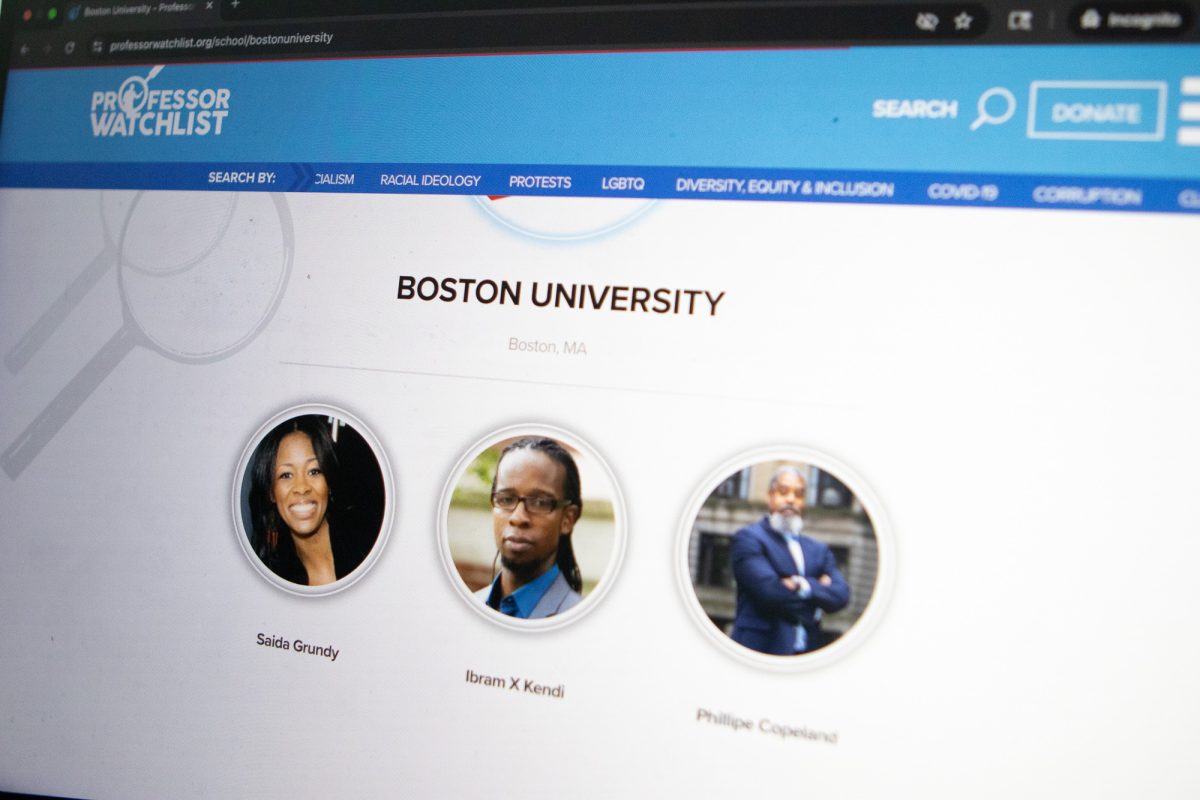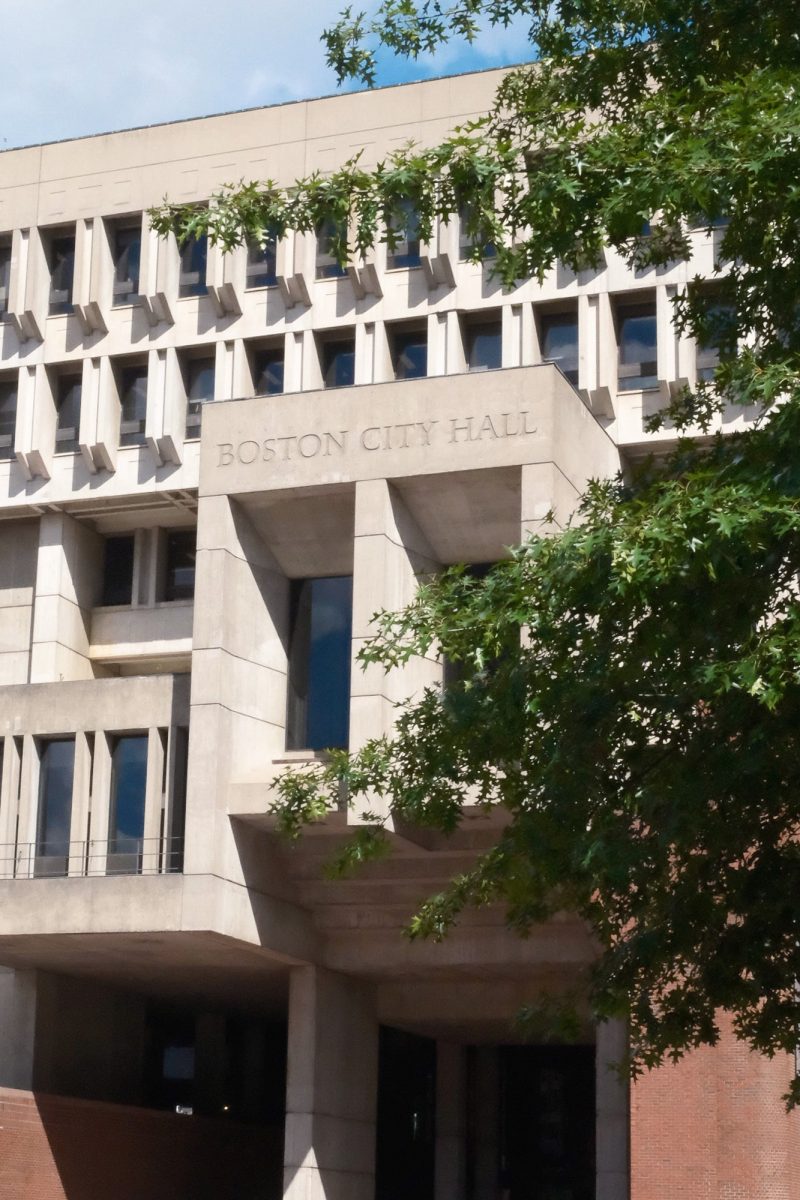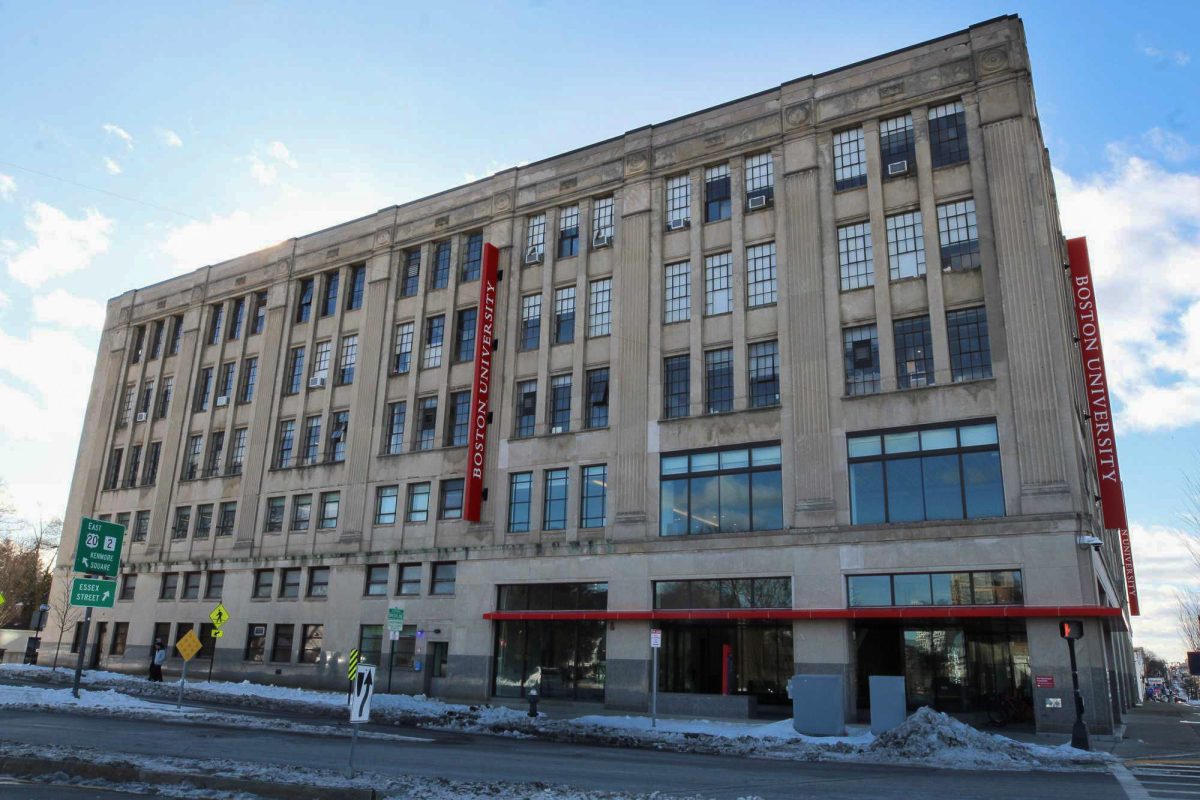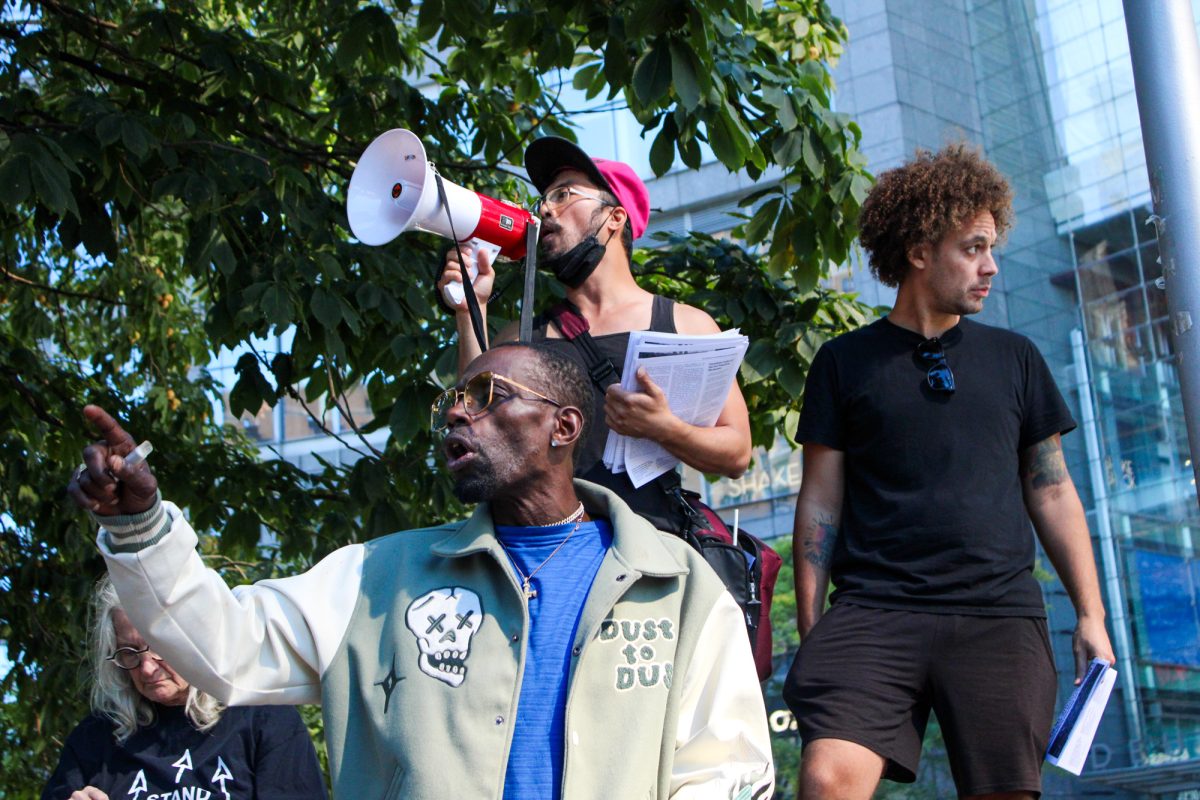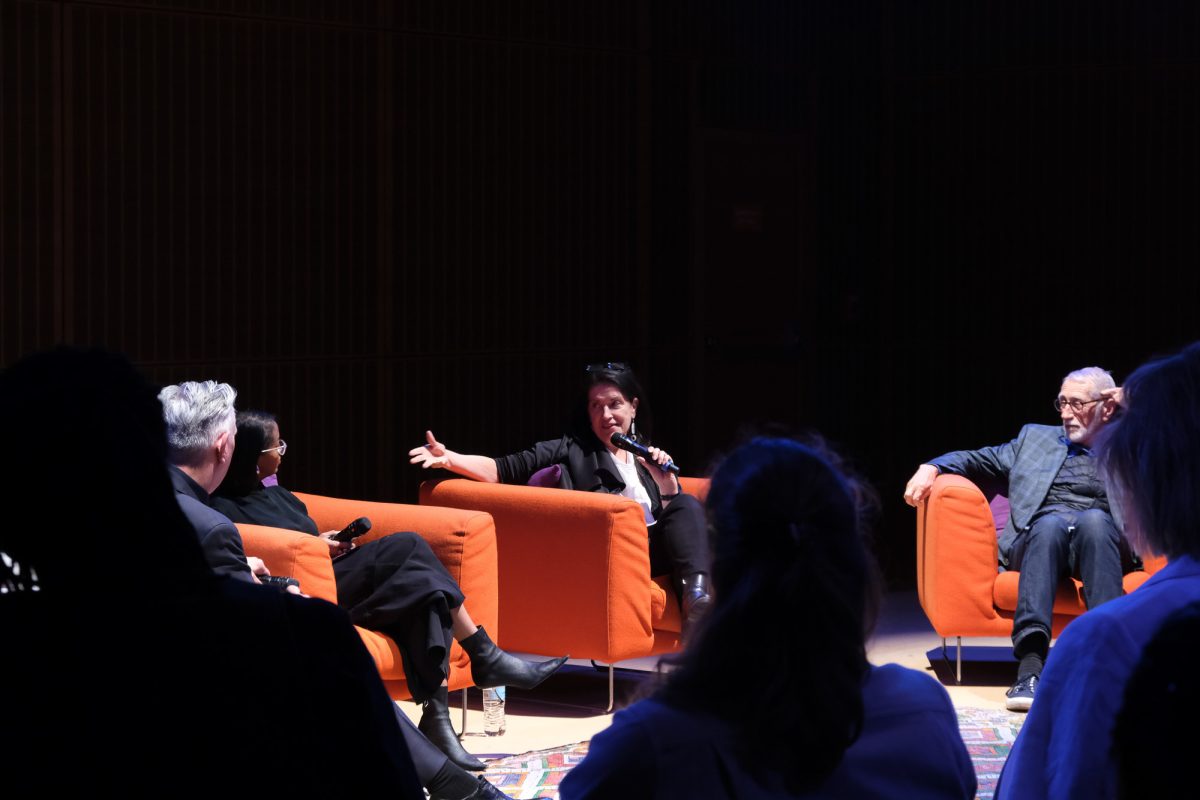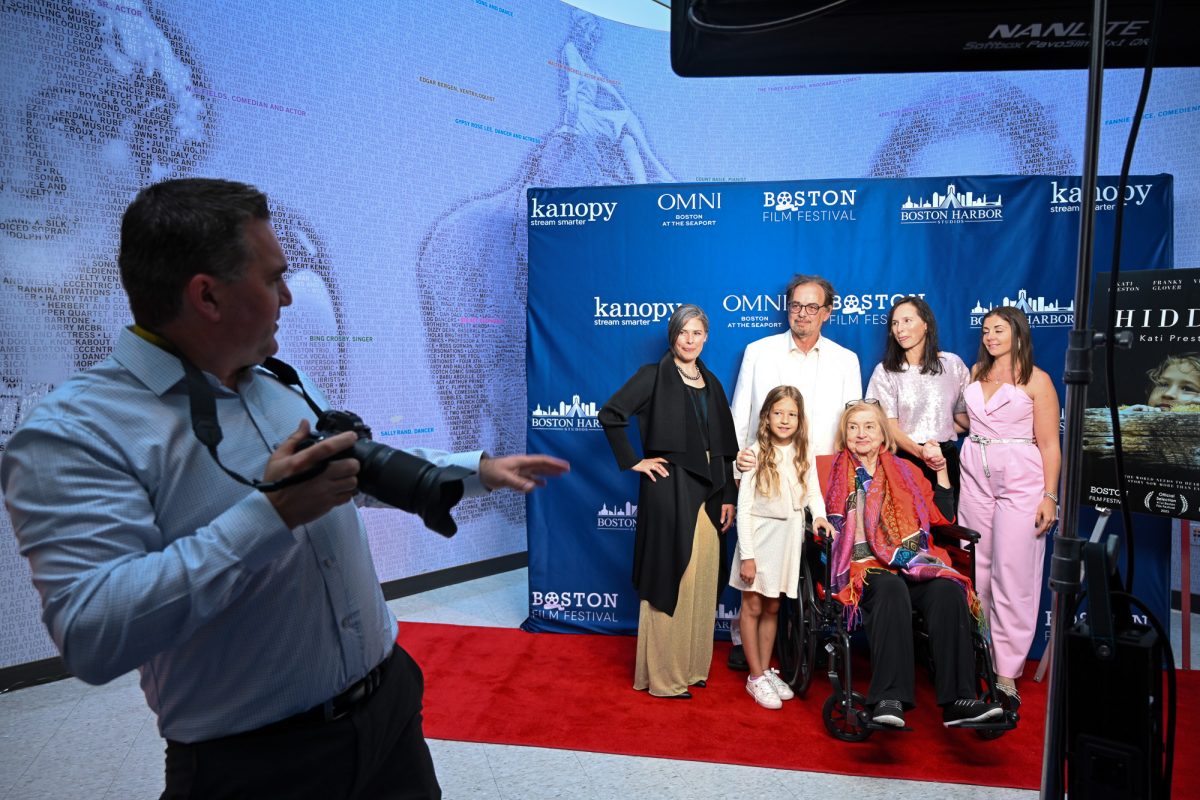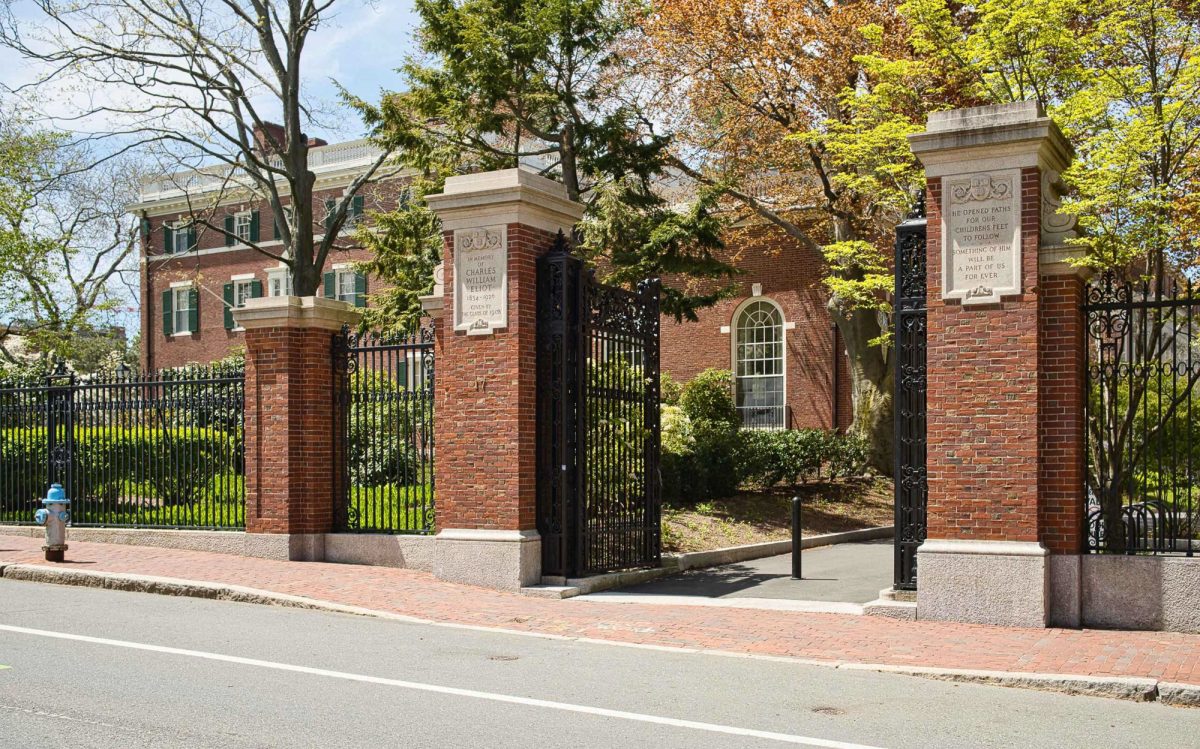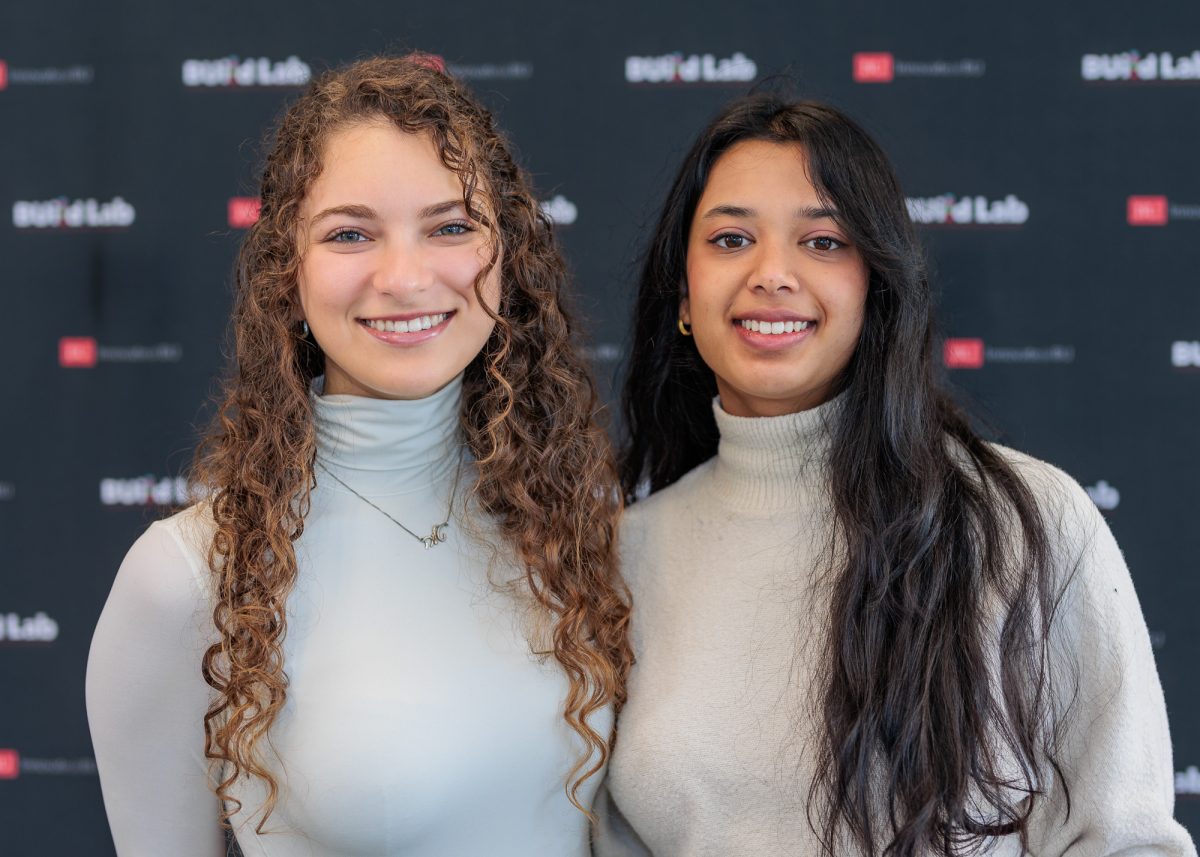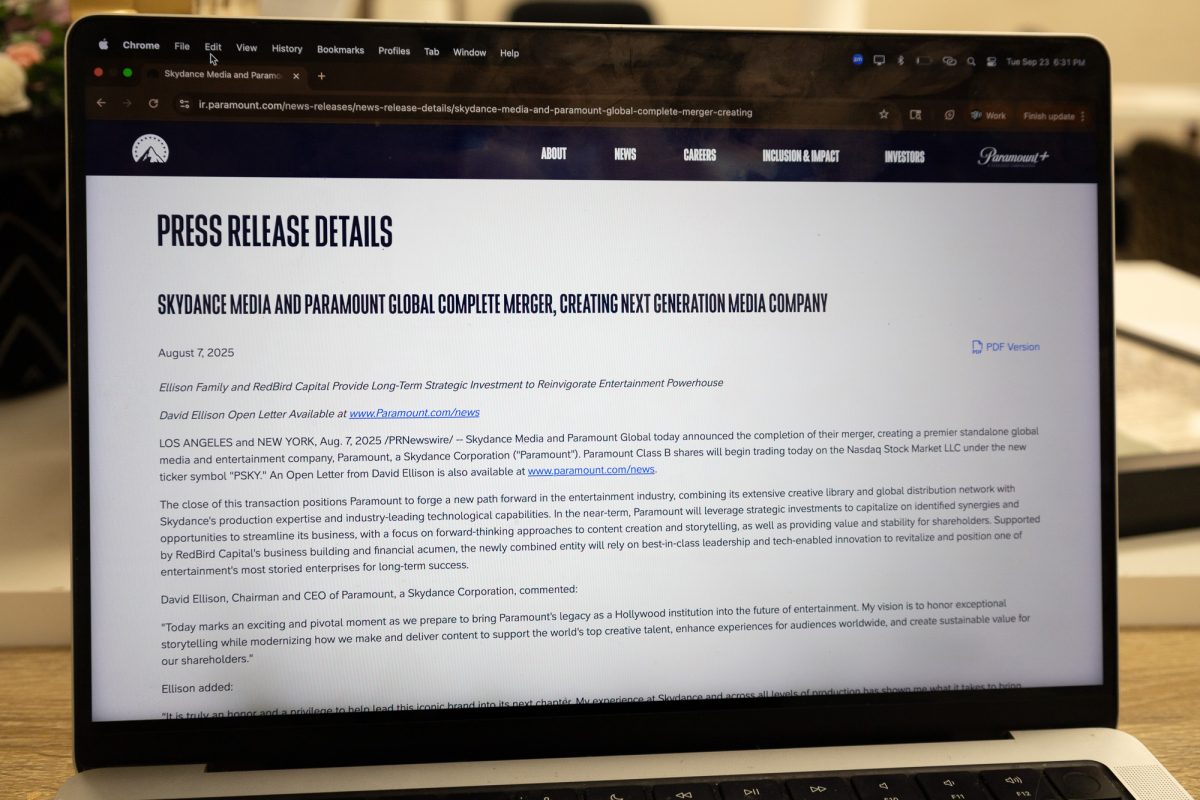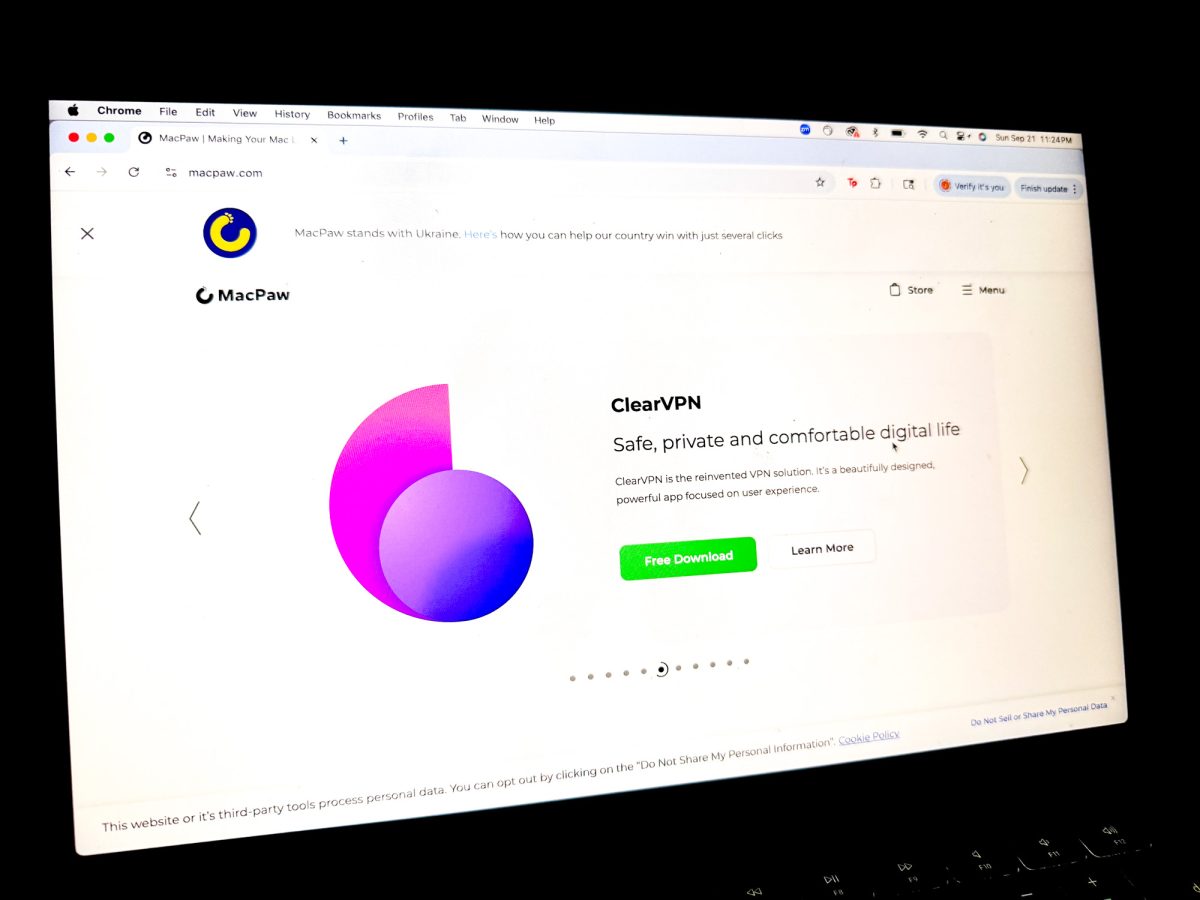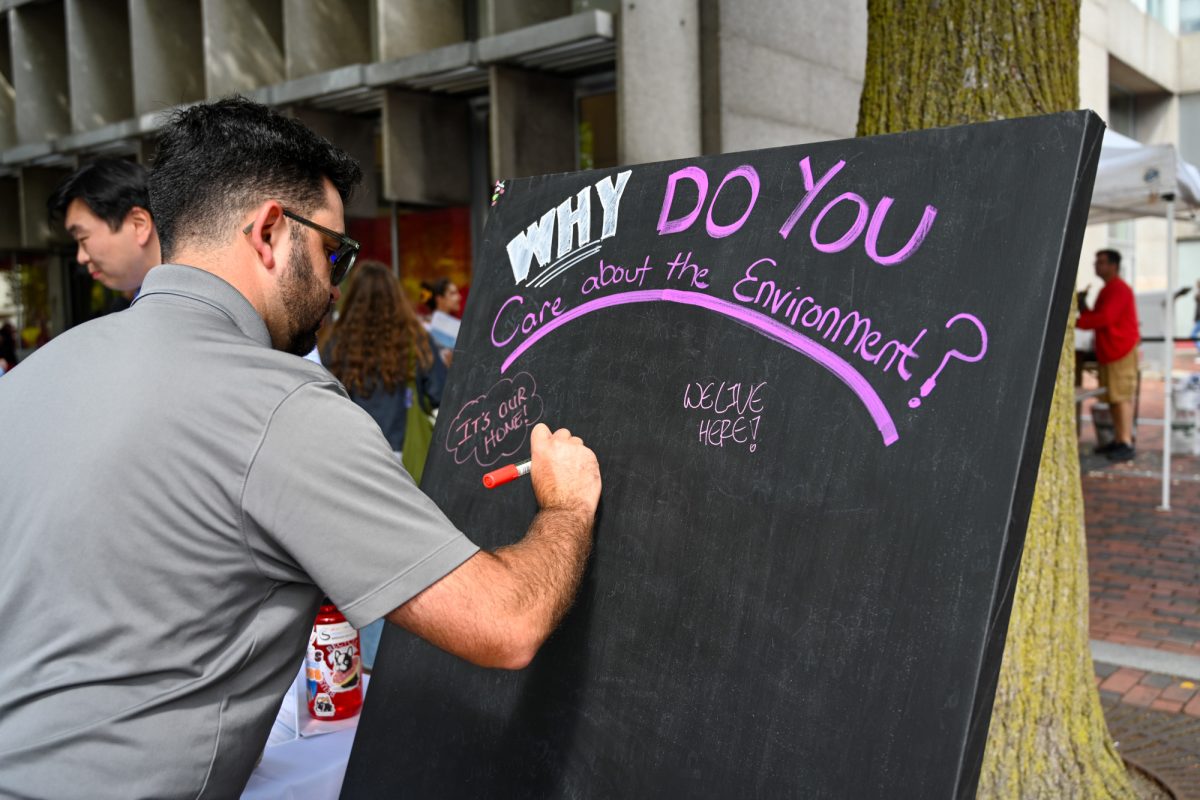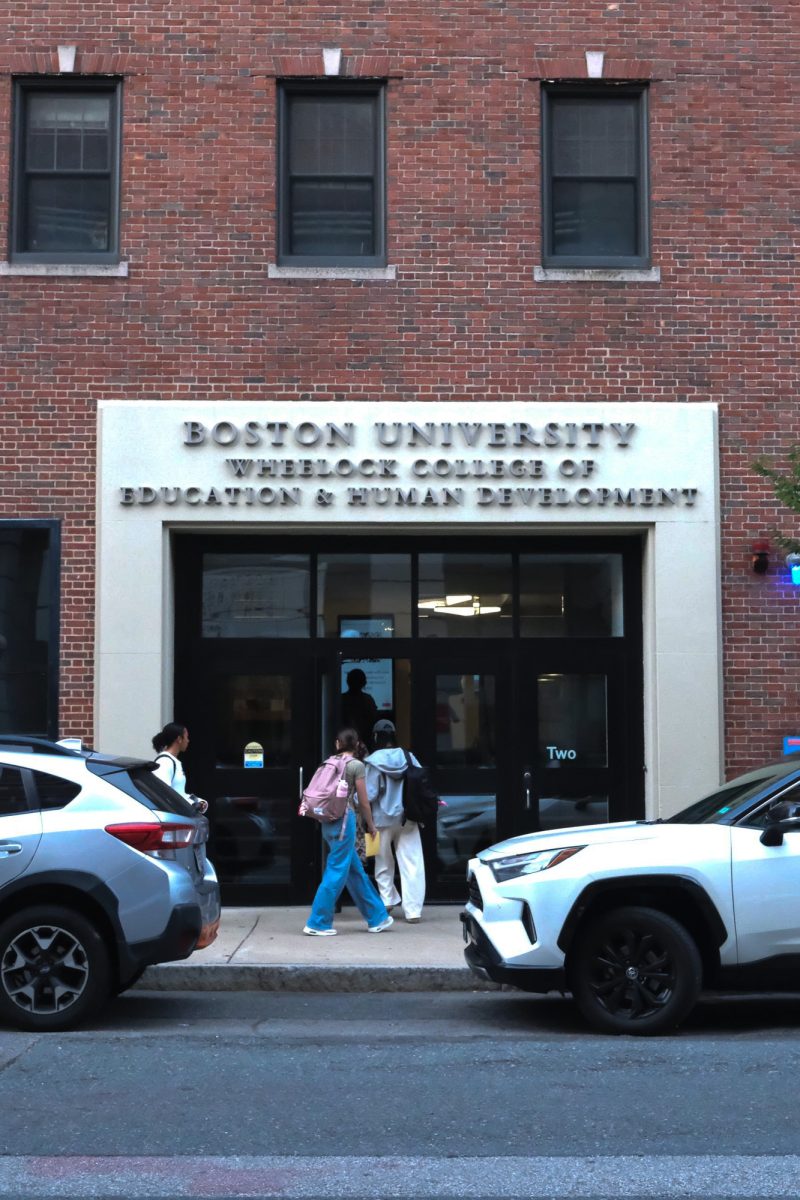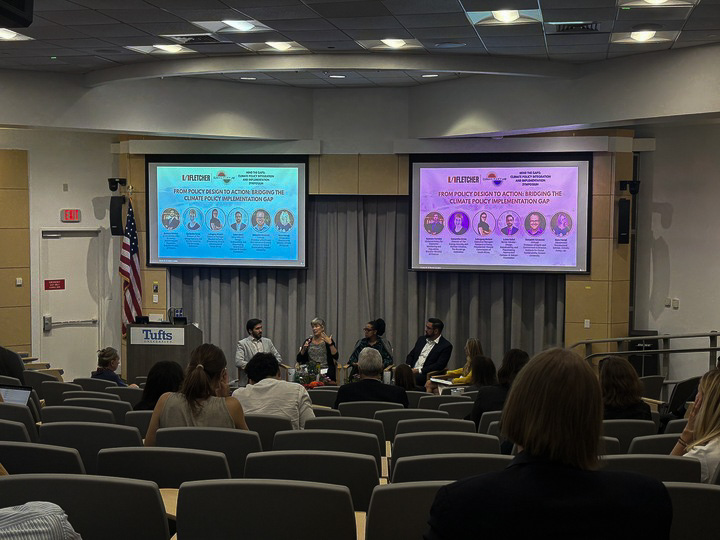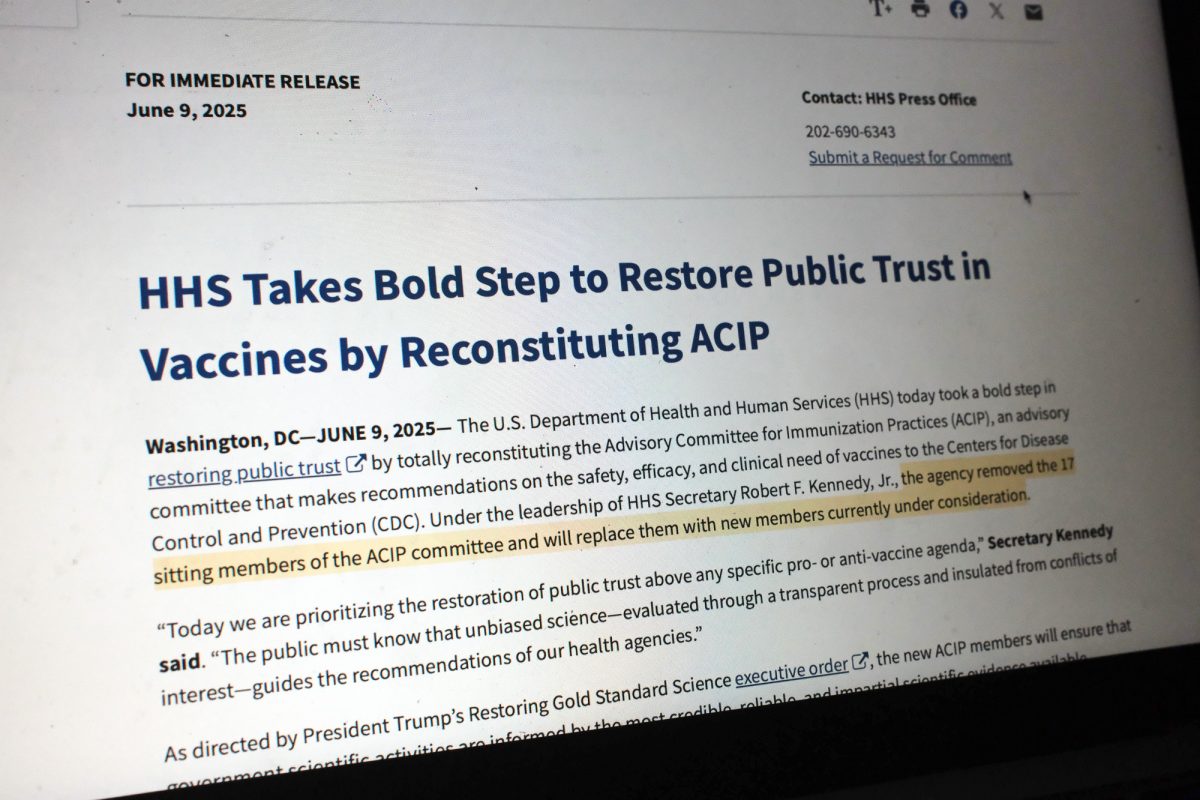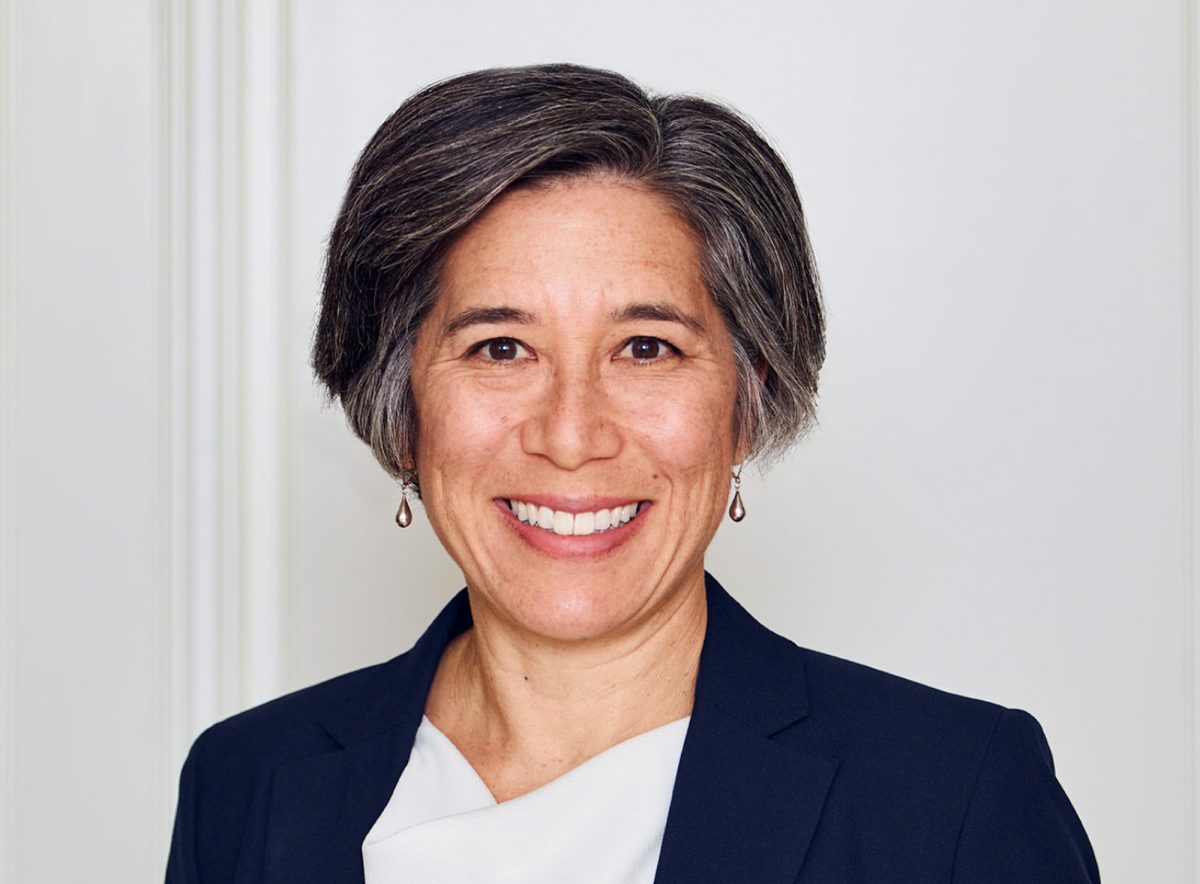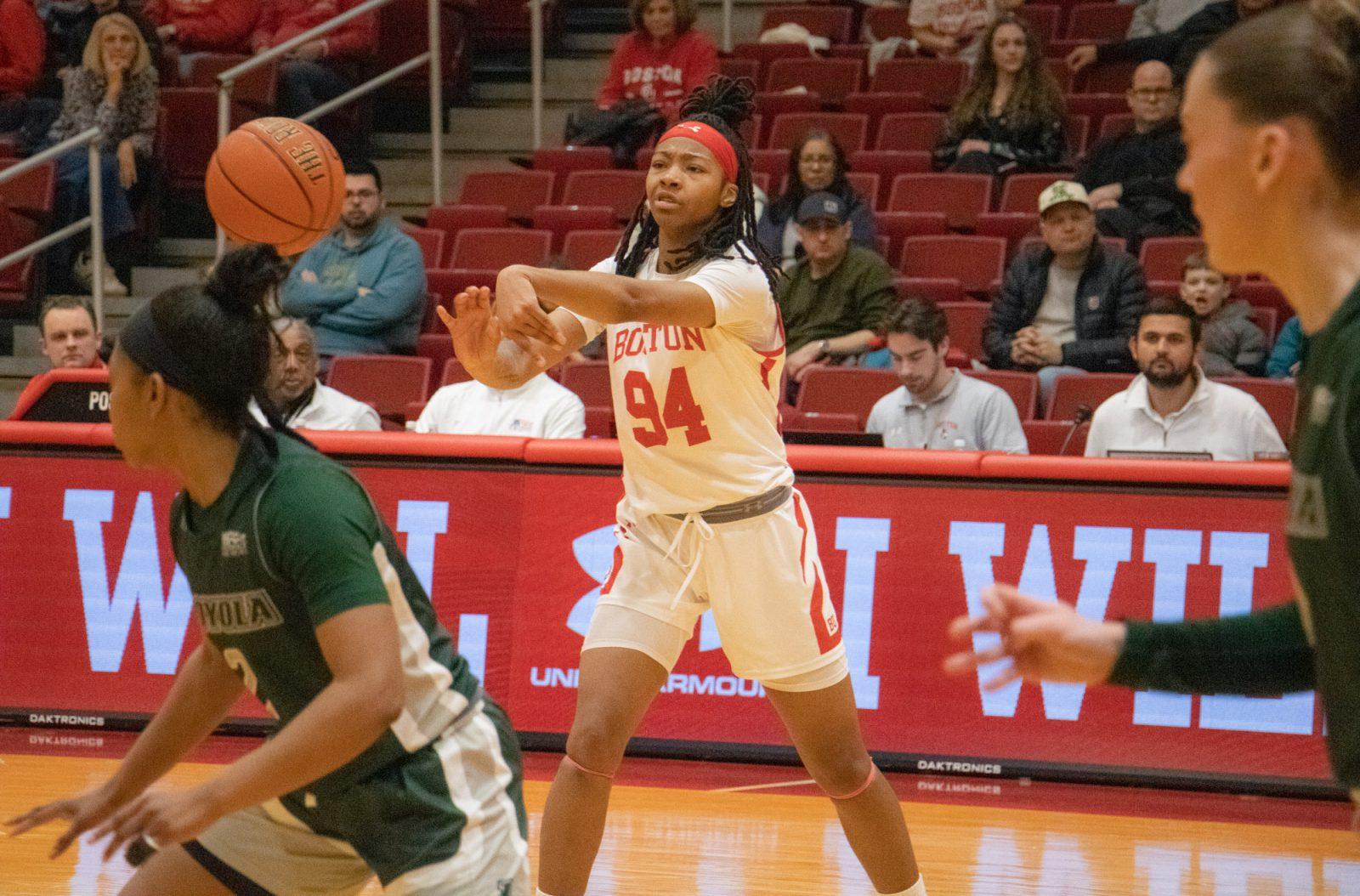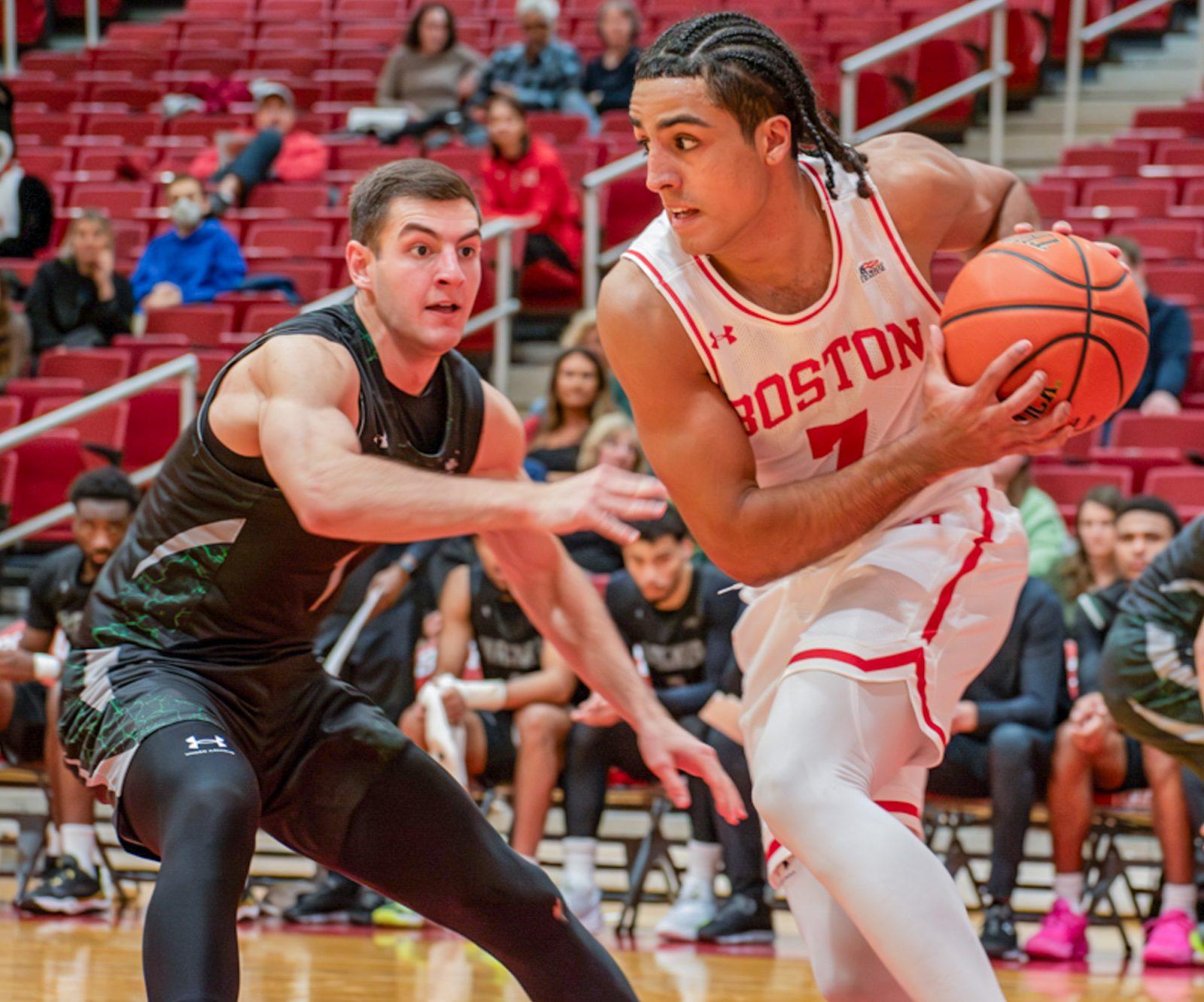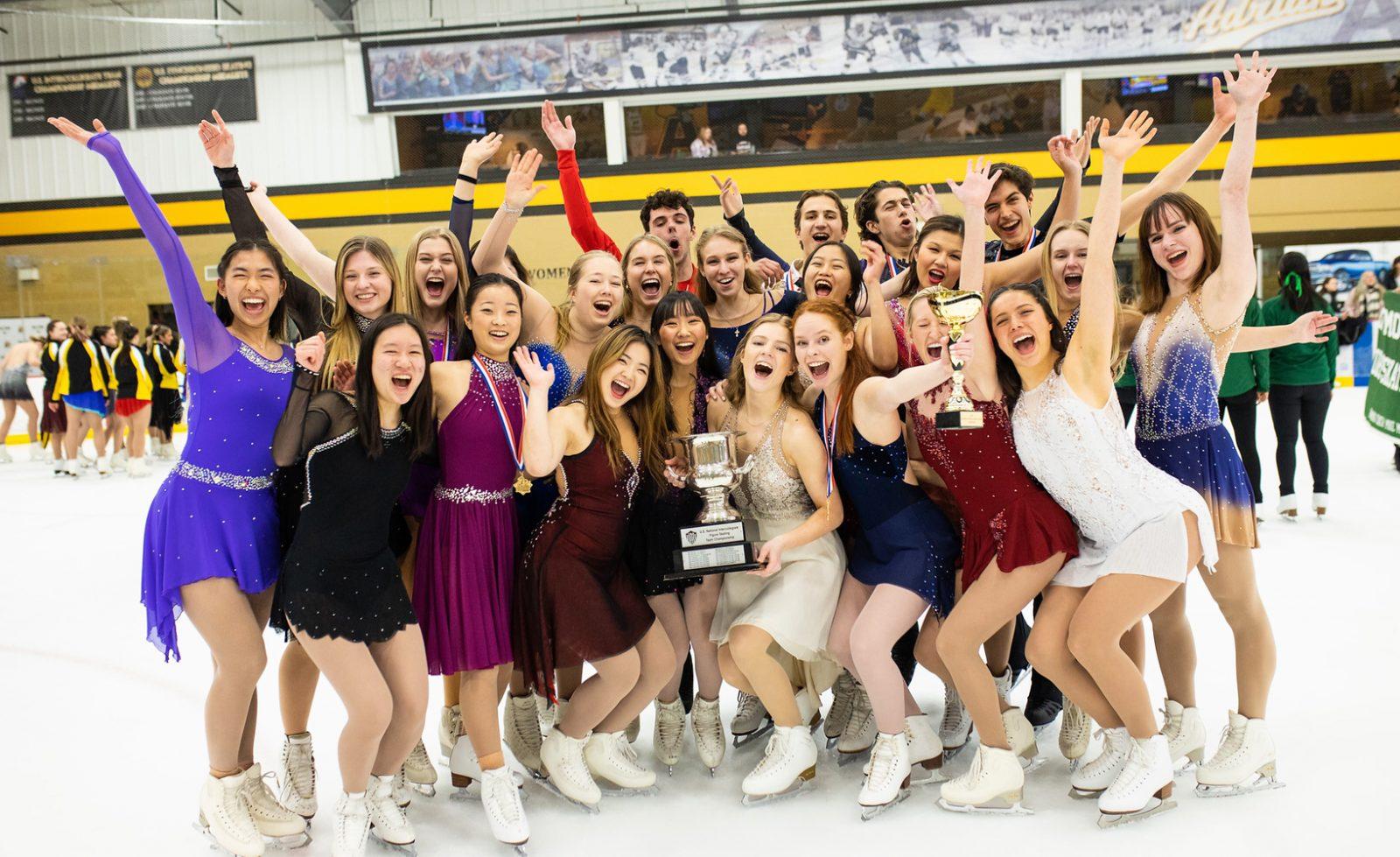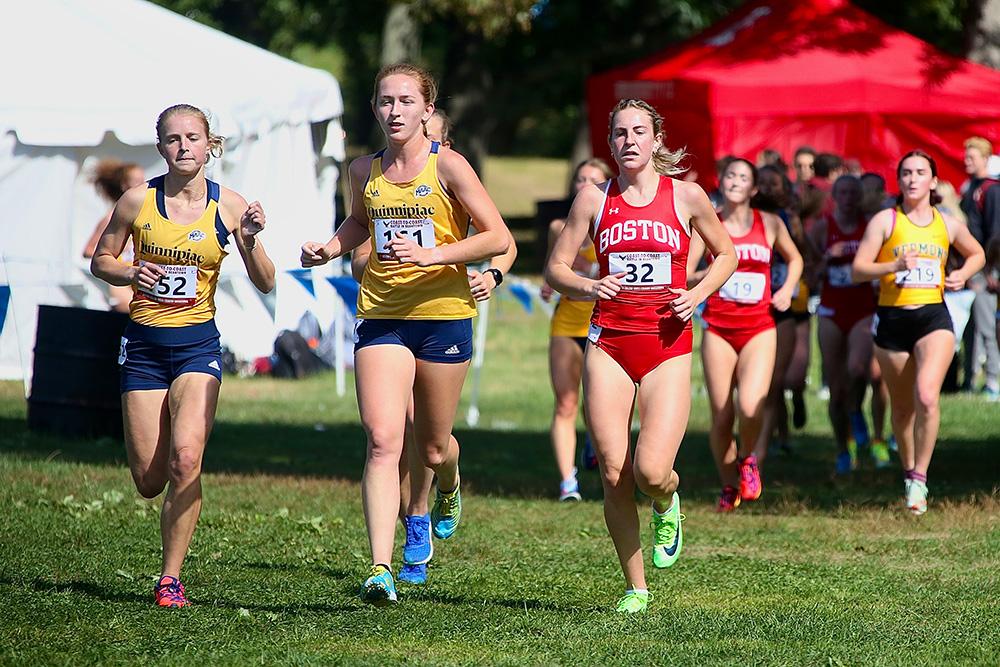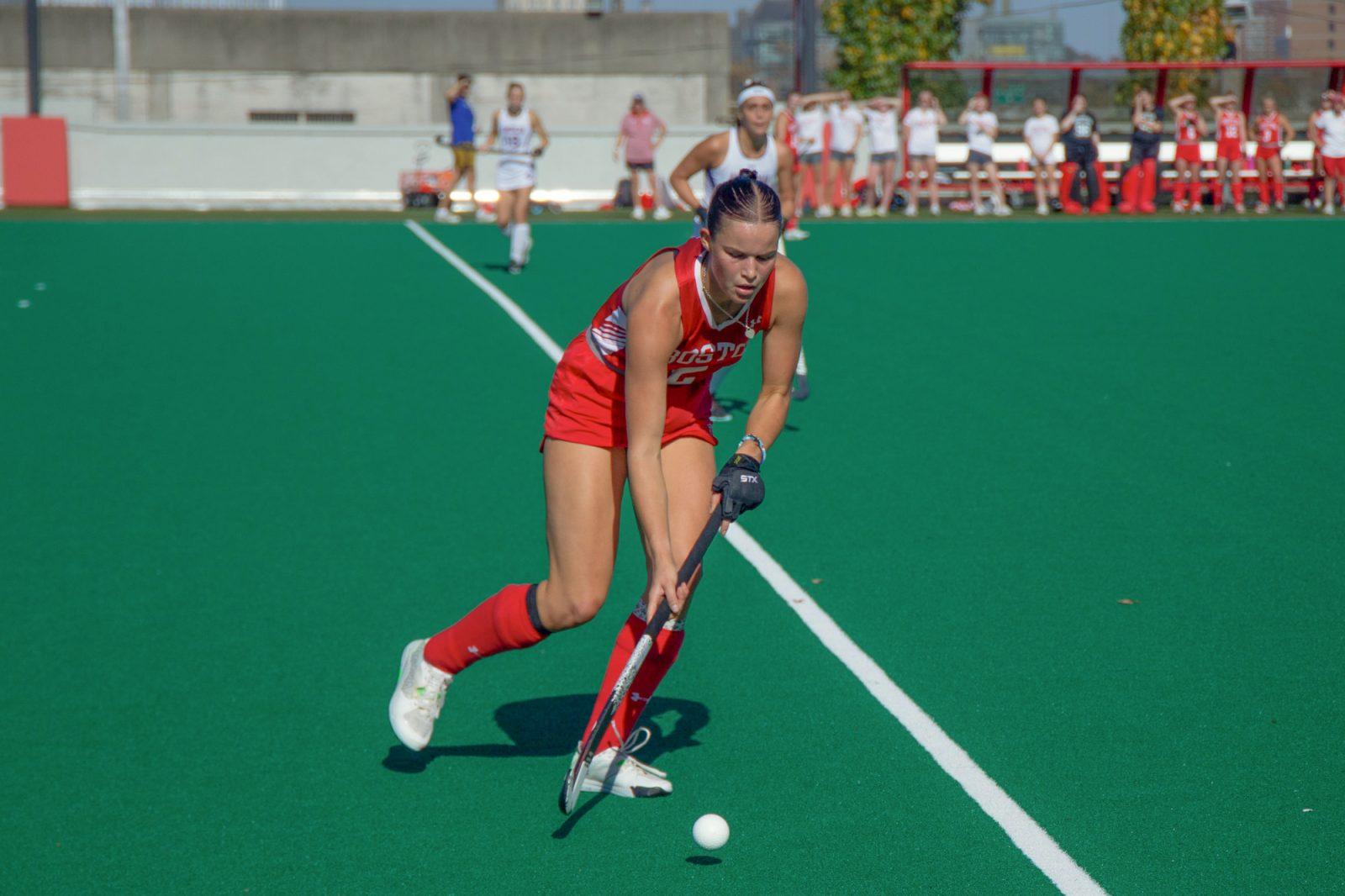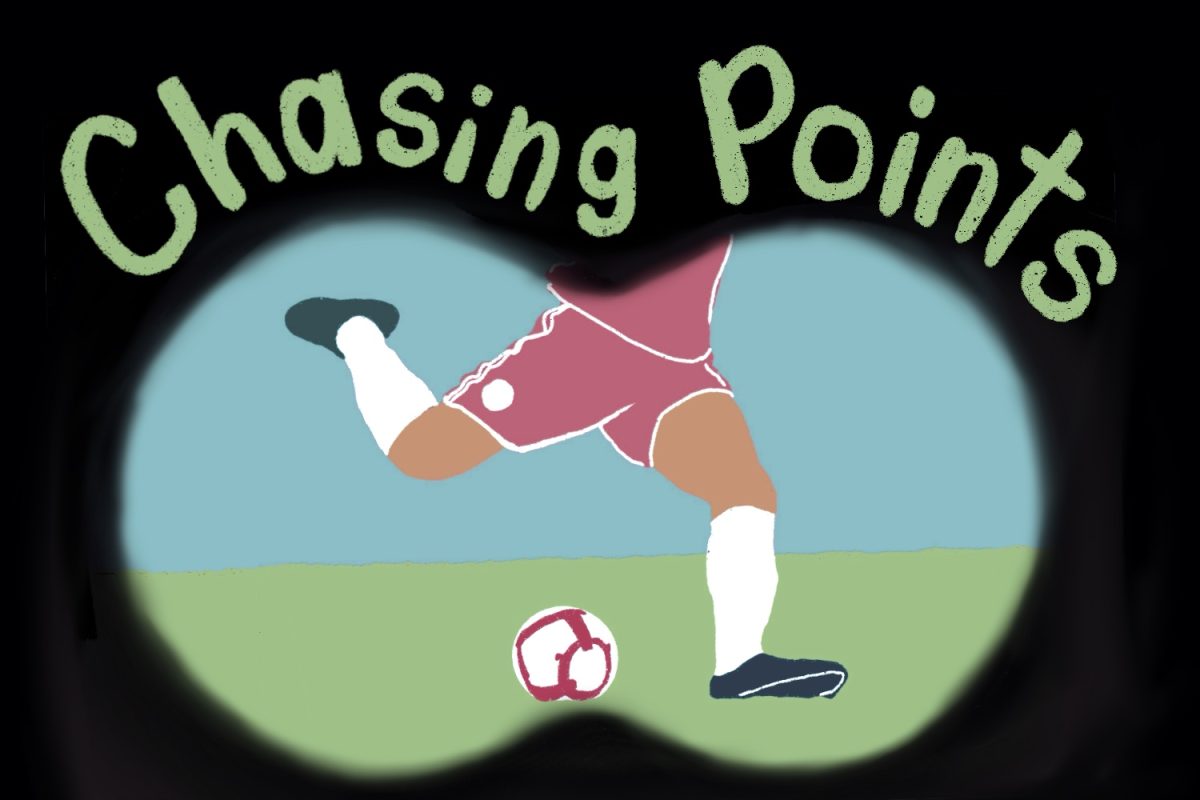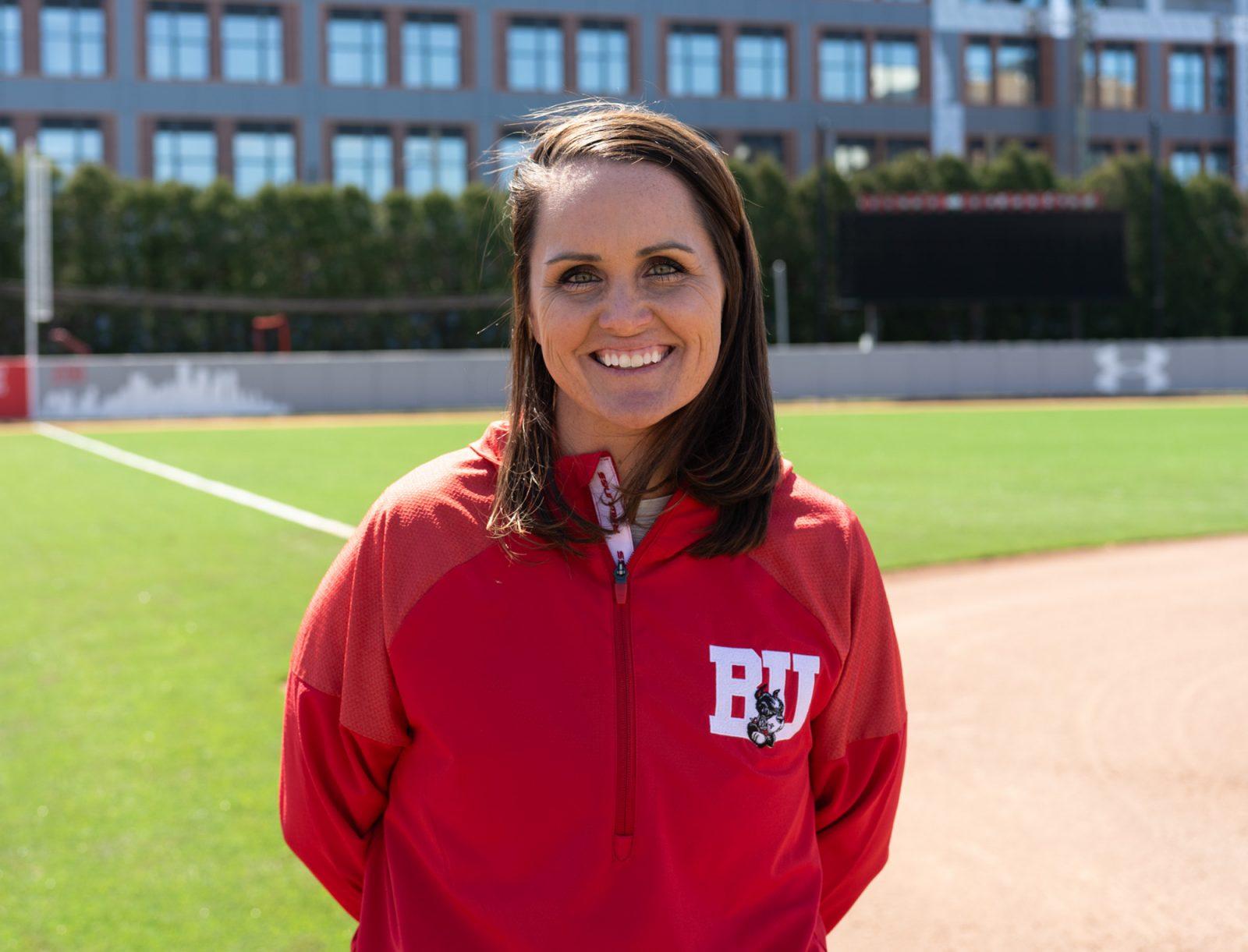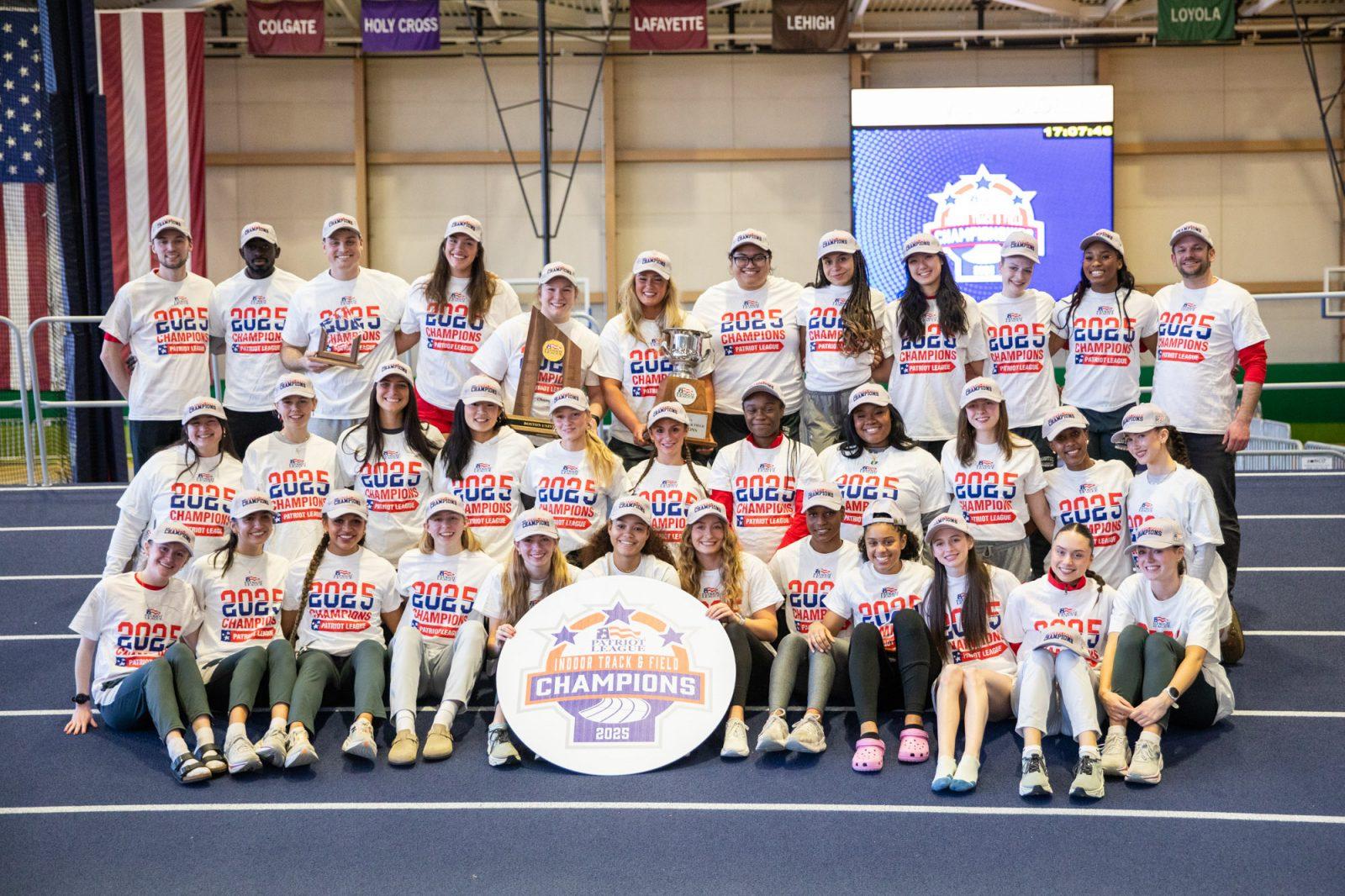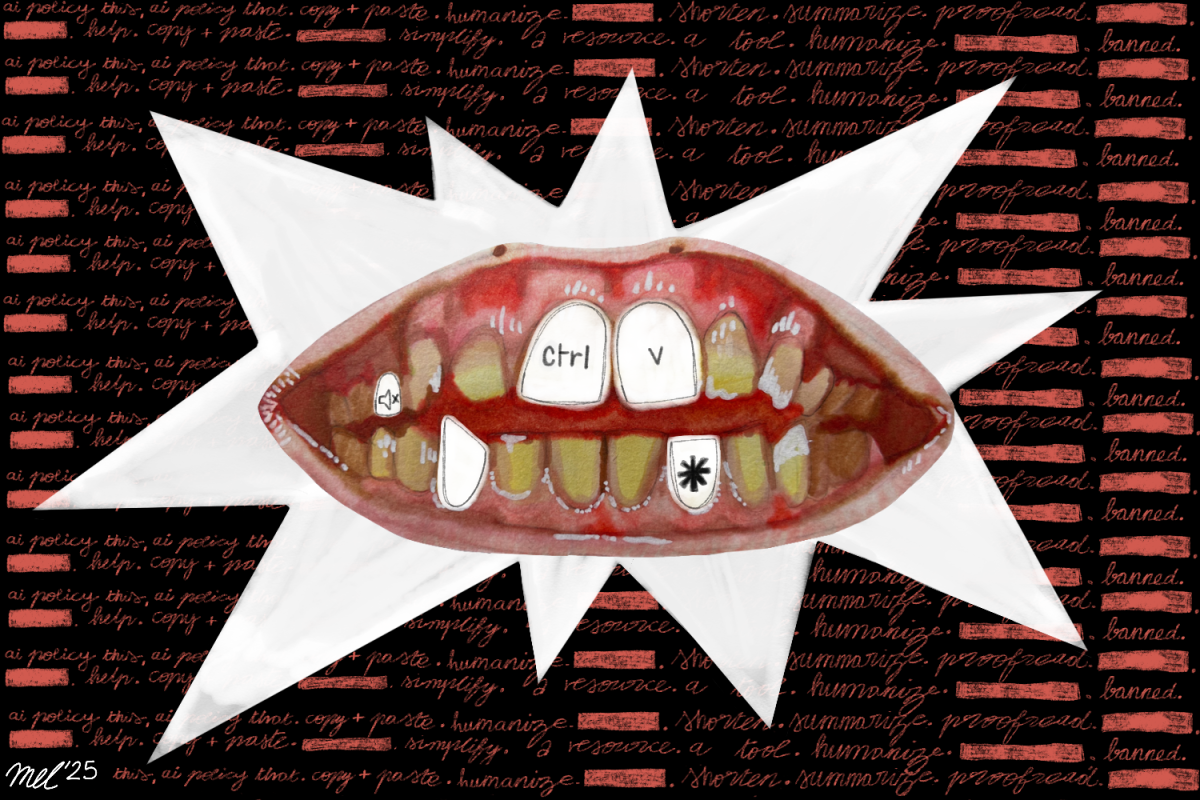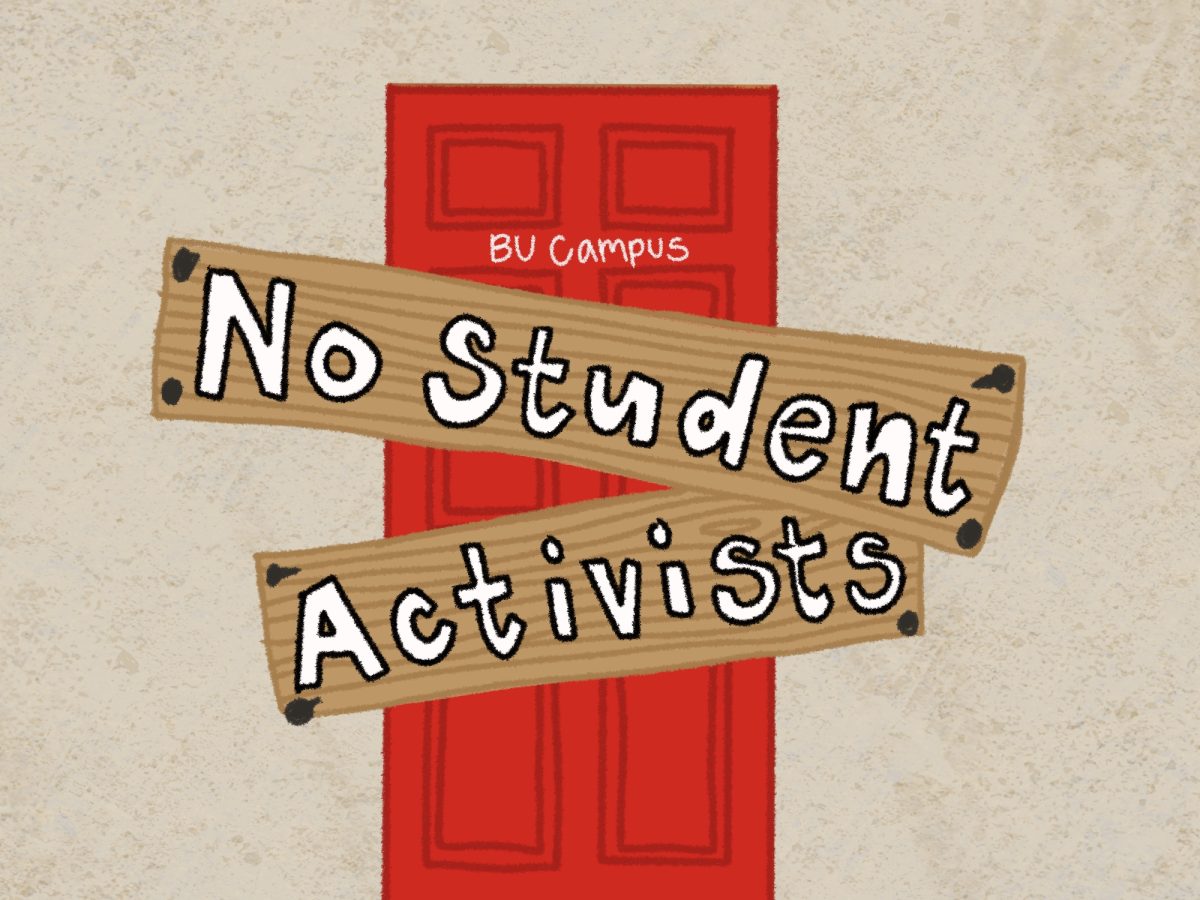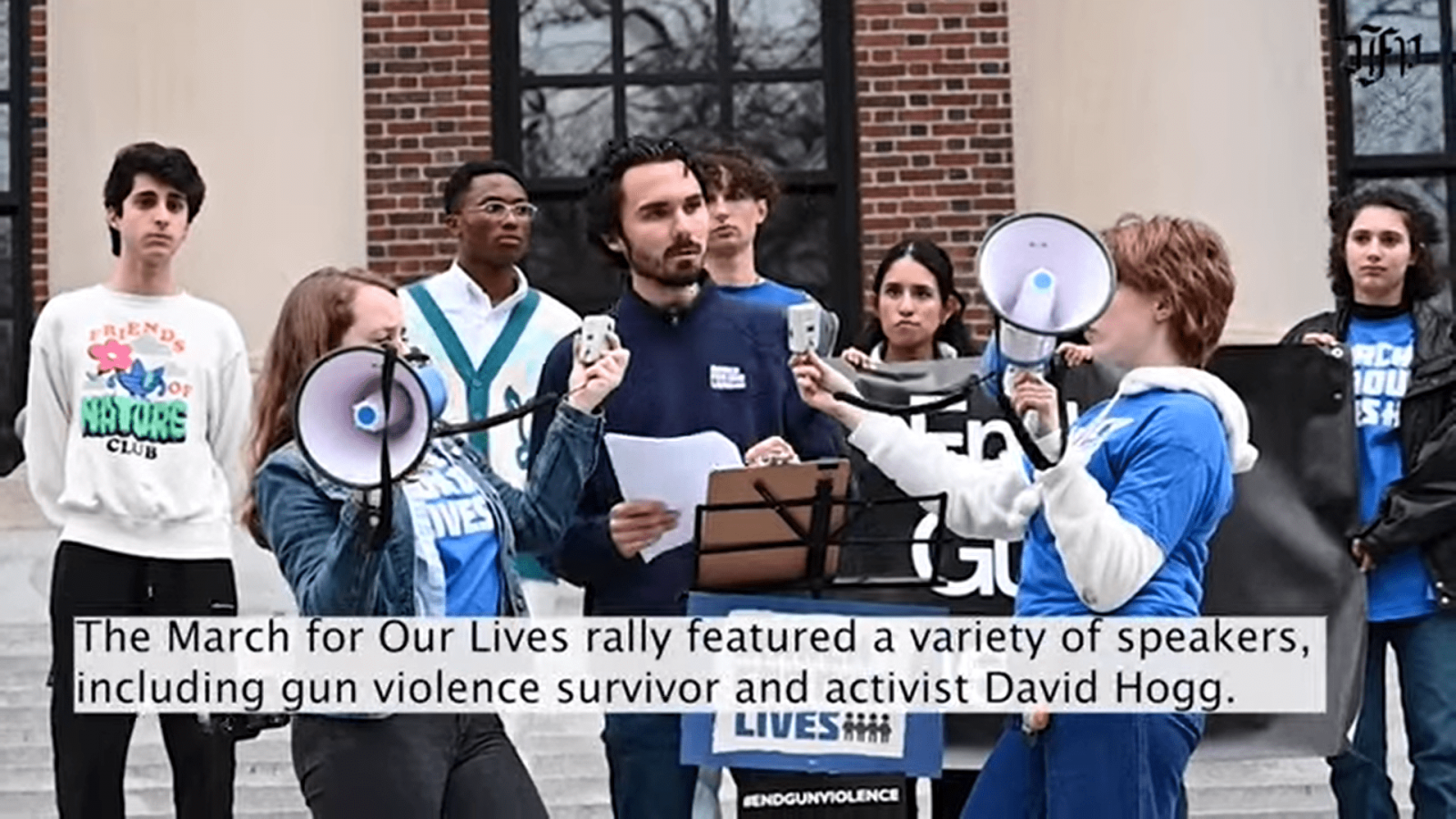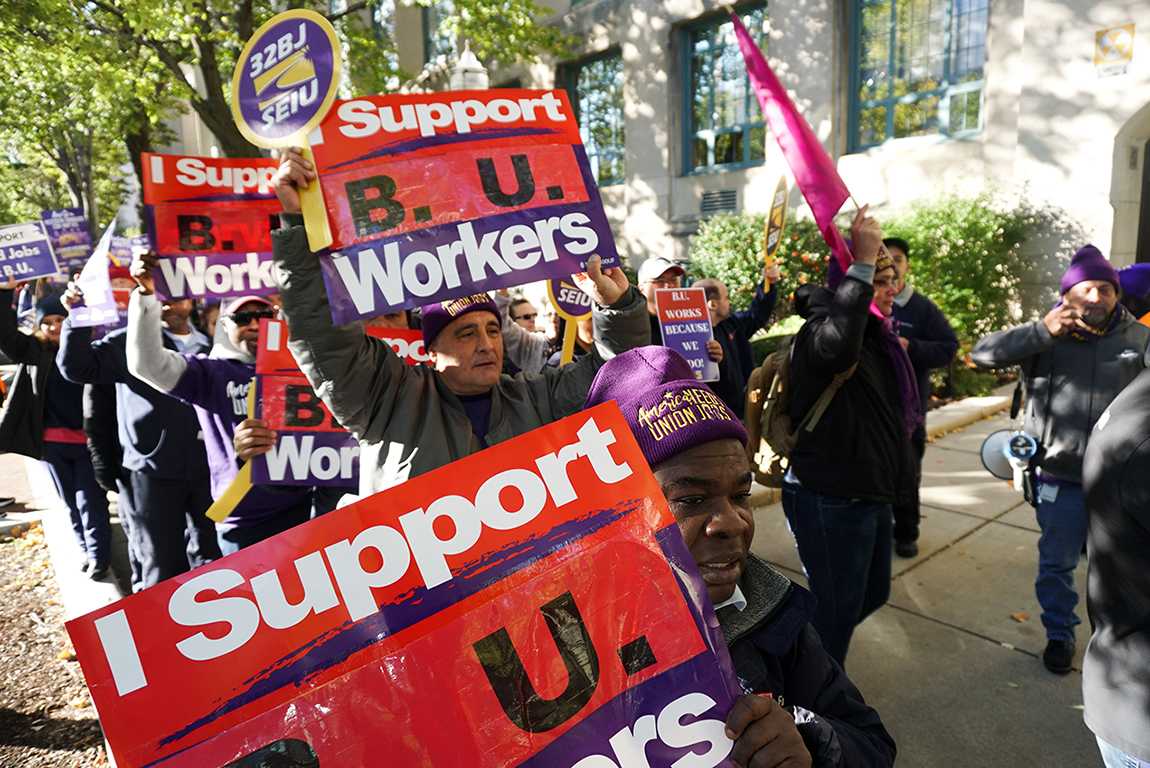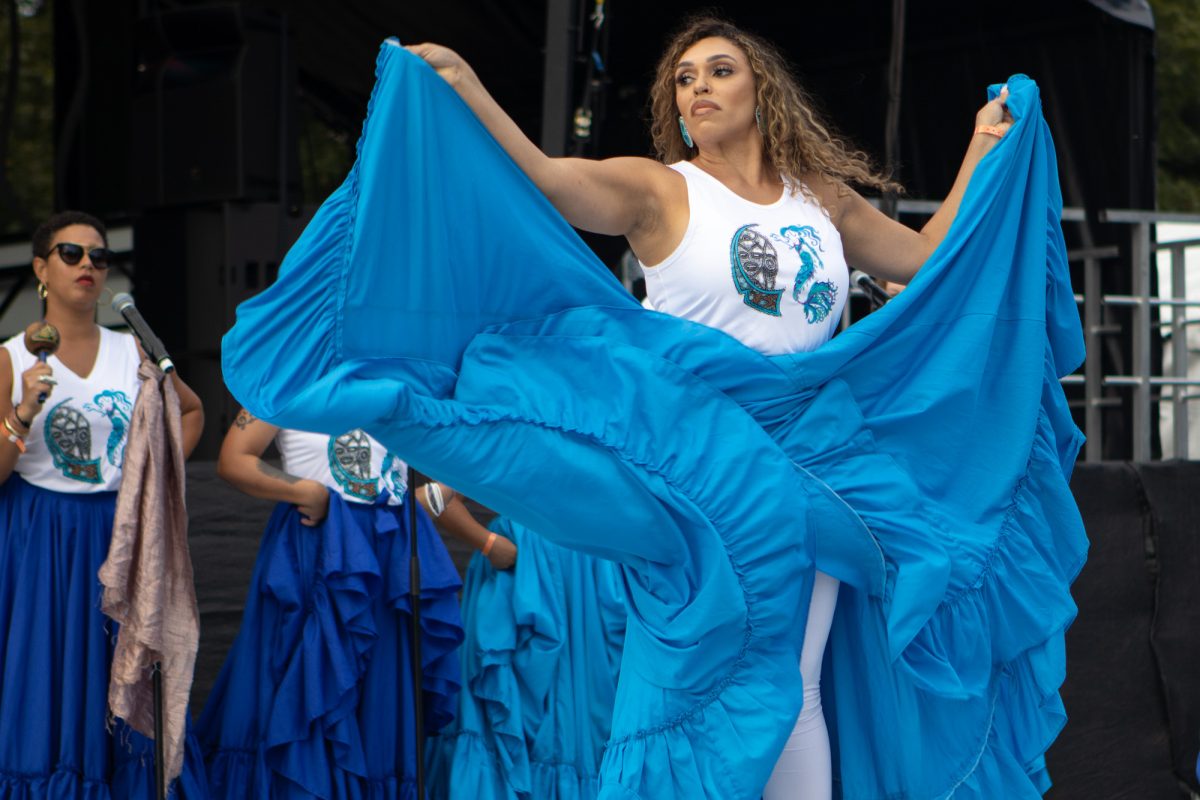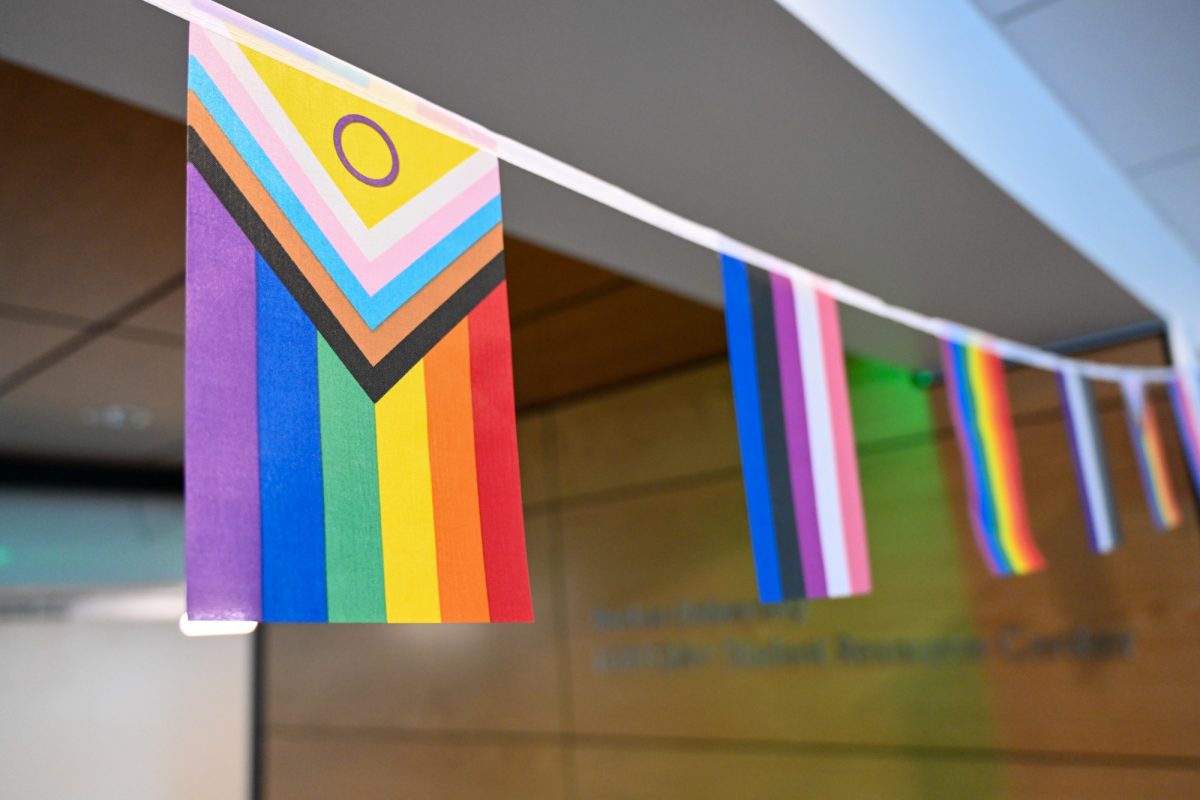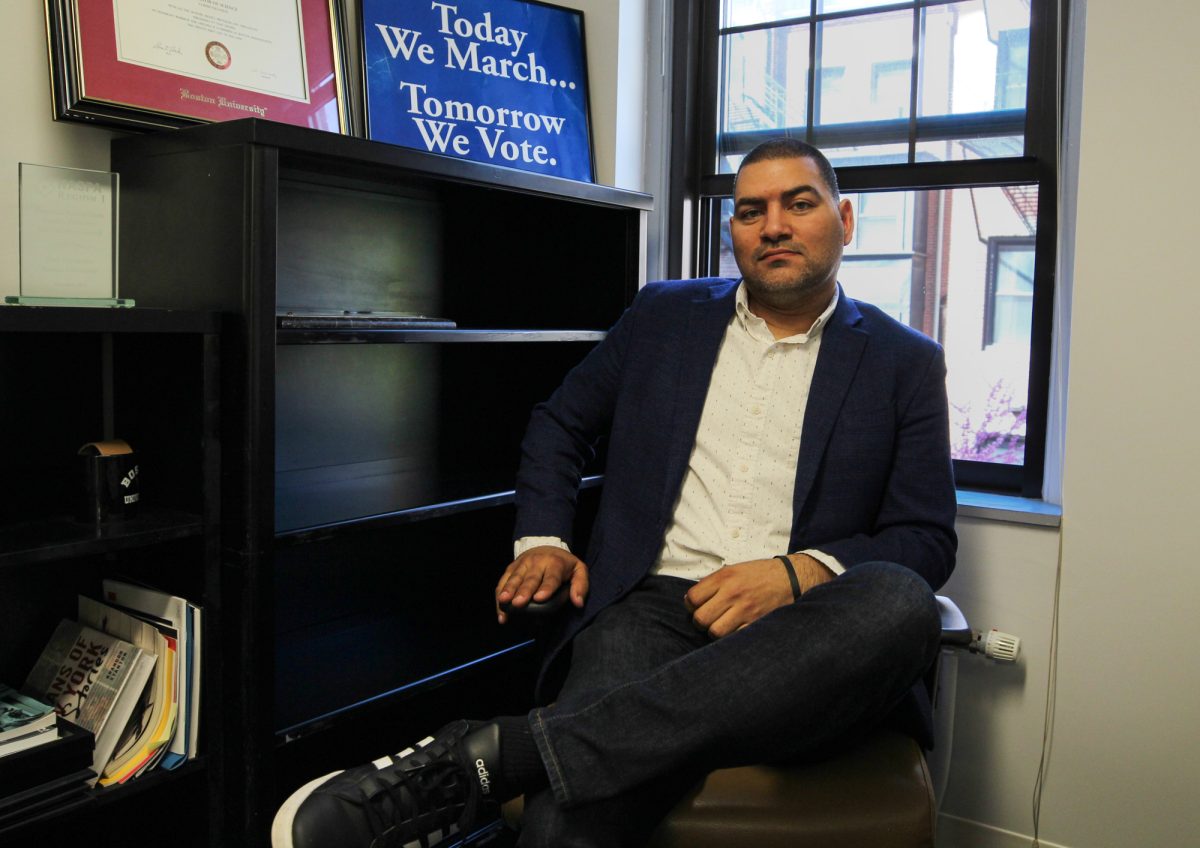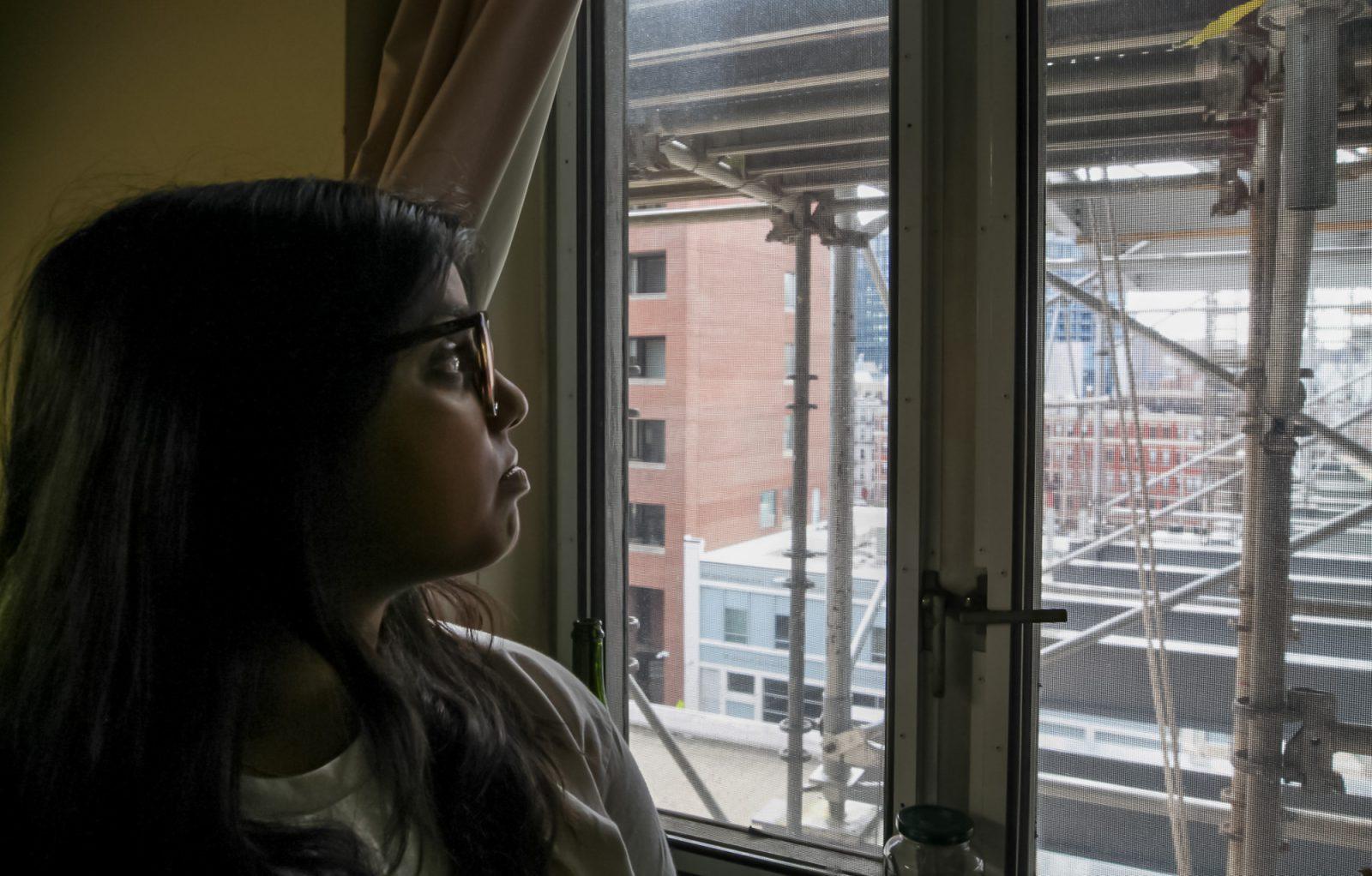While members of many religious institutions strongly oppose stem cell research, at Harvard University — which houses one of the nation’s leading stem cell institutions as well as a premier divinity school — there is minimal conflict of interest for theology workers, said Philip Clayton, a visiting professor of Science and Religion at Harvard’s Divinity School.
“More gains are to be accomplished by supporting [stem cell research] than opposing it,” Clayton stressed, “Religion is on the side of what benefits humanity, not what contrasts it.”
While Divinity School spokesman Jonathan Beasley was unwilling to discuss the Harvard Divinity School’s official stance on the issue of stem cell research, Clayton said the school has “no specific position.”
“Some may harbor private opposition . . . but all public statements have been positive,” he said. “The major concern is awareness of the ethical issues, not a black and white forbidding of research.”
This vote of support is important to Harvard University, which is one of the leading stem cell research institutions in the nation. According to university spokesman B.D. Colen, this initiative is because of strong “support of the school and the community.”
Colen said there has been no vocal opposition from faculty and staff.
Along with strong internal support is an elaborate Harvard-affiliated collective of 11 institutions, 119 laboratories and 750 scientists working closely with stem cells.
“This is the biggest collection of experts in any place in various fields of stem cell research in the world,” Colen said, adding that the world’s top scientists are attracted to the university because of its powerful “influence in various institutions and hospitals.”
Yet, even with vocal support from within Harvard and the surrounding area, lack of funding for stem cell research is still an obstacle that institutions must overcome.
In July, President George W. Bush vetoed a bill that would provide federal funding for embryonic stem cell research.
“Almost all major scientific breakthroughs since World War II have involved federal funding,” Colen said. “We need state funding to fill the gap [left by federal funding].”
Both leading Massachusetts gubernatorial candidates — Democratic Deval Patrick and Republican Lt. Gov. Kerry Healey — support state funding for stem cell research.
With the absence of federal funding, independent organizations have stepped up their efforts to educate the public on the benefits of stem cell research as well as raise money.
Marion Riggs, a graduate student at the University of Southern Florida, is the executive director of the Student Society for Stem Cell Research — a group he founded in August 2003. Since then, SSSCR has spread to 20 campuses across the country, and now enlists more than 1,500 students nationwide with the goal of educating college students about stem cell research.
Currently, Tufts University is home to the only chapter in Massachusetts.
Riggs said he has a contact at Boston University interested in starting a new chapter, explaining that only one student and faculty member are required to start a chapter.
Riggs said he started the organization because he “recognized the need for [stem cell research] . . . and wanted to be part of something big, something inspirational,” adding that he thought “students needed to get involved.”
Like Colen, Riggs said the lack of federal funding obstructs research more than anything else.
“There is not much opposition on each campus,” he said. “Opposition is the current public policy, the executive order that limits federal funding . . . the first step of the process is hindered.”
Ed Berger, the manager of website operations and health information for the Stem Cell Research Foundation, said his organization has donated more than $2.5 million to various institutions around the United States, including Harvard and Dana Farber Cancer Institute.
Berger said he sees the vast potential stem cells have for treating and curing deadly afflictions including cancer, heart disease and spinal chord paralysis.
“Hearing the heart wrenching stories of others is what compels me to be here,” Berger said, adding that he has a family member who could benefit from the research.
Berger and Riggs both said that the only way to influence public policy toward stem cell research is to first sway public opinion.
“The emphasis is on scientists to engage the public and educate them to support stem cell research,” Riggs said. “Once they see how it can help them, their family and friends they will support it.”
All four men agreed that scientists are making great strides in the field of stem cell research but still have a long way to go.
“Are we there now?” Clayton said. “No, but we are getting there.”


